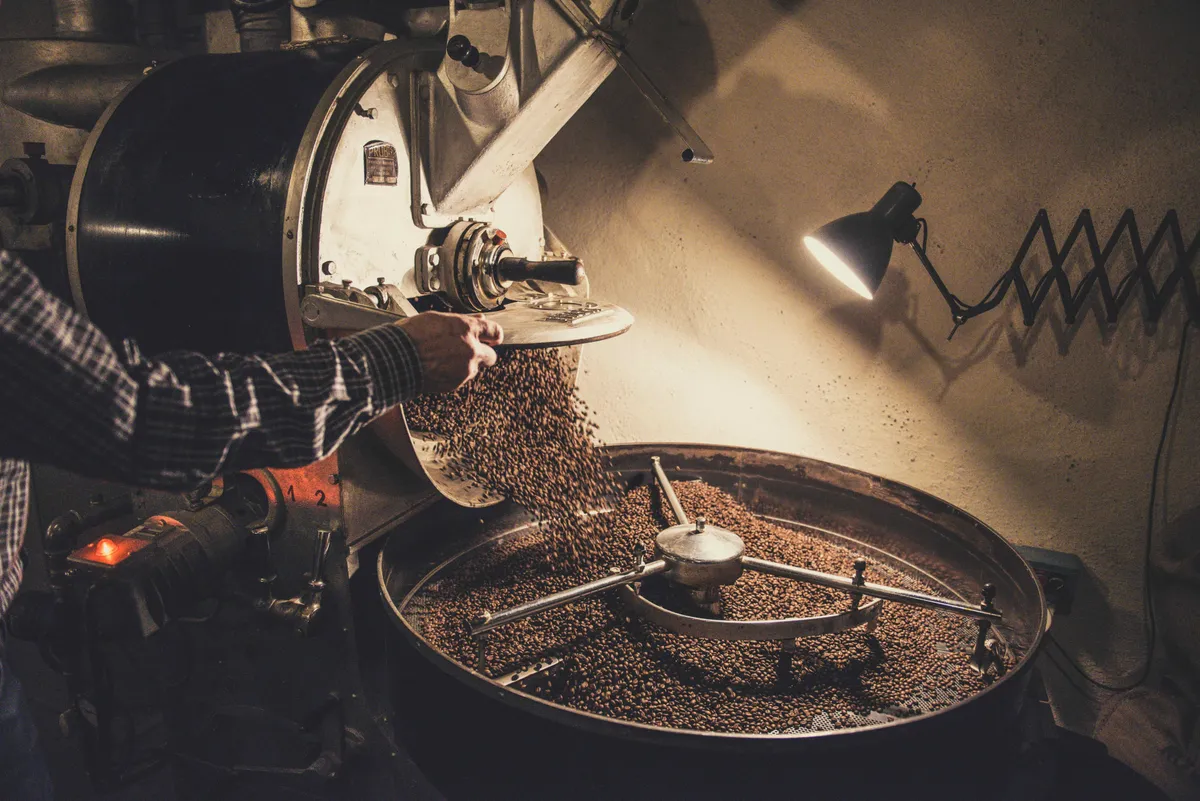Running a specialty coffee roastery is equal parts art and science. From sourcing the finest green beans to mastering roast profiles, every detail matters. Yet, one critical aspect often overlooked is the health and upkeep of your roasting equipment. Regular maintenance not only preserves roast consistency but also protects your investment and ensures a safe working environment.
Neglecting maintenance can lead to uneven roasting, equipment breakdowns, or even fire hazards. To help you stay ahead, we’ve broken down the key maintenance tasks every specialty coffee roastery should follow—daily, weekly, monthly, and annually.
Daily Tasks: Maintain Cleanliness and Safety
Daily upkeep forms the foundation of a smooth-running roastery. Staying on top of these tasks prevents small issues from becoming costly problems.
- Wipe down your roaster, cooling trays, and surrounding surfaces to remove oils, dust, and debris that build up quickly.
- Empty the chaff collector regularly—ideally every 2 hours or after 10 batches, but always refer to your roaster manufacturer’s guidelines. Excess chaff not only impacts performance but also increases fire risk.
- Inspect gas, water, and electrical connections to catch any leaks or potential failures early.
- Clean the cooling tray air holes with a roller tool to ensure consistent airflow.
- Sweep, vacuum, and mop the roastery floor to minimize dust and potential contamination.
Weekly Tasks: Deeper Cleaning and Inspections
A weekly check helps maintain optimal roaster performance and uncovers early signs of wear.
- Vacuum around the cooling tray and beneath the burner compartment to eliminate hidden debris.
- Inspect and clean burner components to remove any buildup that might affect flame quality.
- Lubricate all moving parts with high-temperature, food-grade grease—focusing on areas recommended by your manufacturer.
- Blow out motors with compressed air, then vacuum thoroughly to eliminate residual dust.
- Conduct visual inspections of critical parts—look for loose bolts, worn gaskets, or any abnormal wear.
- Check fire suppression systems to ensure they’re ready if ever needed.
Monthly Tasks: Systematic Deep Cleaning
Your monthly maintenance is the time to focus on tasks that support the longevity and efficiency of your roasting system.
- Degrease all external and internal surfaces of the roaster to prevent buildup that can affect both flavor and equipment lifespan.
- Disassemble, clean, and rewrap the ductwork and ventilation joints with foil to maintain proper airflow and prevent leaks.
- Remove and clean impeller fans on both the exhaust system and cooling tray.
- Scrape and brush down internal chaff collector surfaces to prevent blockage and fire risk.
- Deep clean the cooling tray screen, cooling bin interior, and gear motor surfaces—removing any oil, grease, or residue that could impair function.
- Replace air filters in the ventilation system to protect against overheating and airflow issues.
- Review your maintenance logs, noting any emerging patterns of wear or parts that need ordering.
- Schedule necessary repairs or part replacements before minor issues escalate.
Yearly Tasks: Comprehensive Equipment Care and Safety Checks
A yearly deep dive is essential to keep your roasting operation safe, efficient, and ready for the year ahead.
- Thoroughly clean the entire roastery, focusing on areas typically overlooked during routine cleaning.
- Inspect thermocouples and all sensor connections, ensuring accuracy in temperature readings.
- Check drum bearings (front and back)—clean, inspect for wear, and re-grease as necessary.
- Inspect gear motors, check fluid levels, and refill if serviceable or needed.
- Hire professional technicians for specialized inspections, particularly for gas lines, electrical systems, and exhaust ventilation.
- Test all safety features and fire suppression systems to confirm they are fully operational.
- Run refresher training with your roasting team on equipment care, safety protocols, and emergency procedures.
- Update your Standard Operating Procedures (SOPs) to reflect any changes in equipment, processes, or safety standards.
Why Maintenance is a Competitive Advantage for Your Roastery
In a specialty coffee roastery, well-maintained equipment directly impacts roast quality, batch consistency, and your ability to deliver the flavors your customers expect. Proper maintenance minimizes costly downtime, reduces safety risks, and extends the life of your roaster—protecting one of your most significant business investments.
Establishing a robust maintenance routine isn’t just good practice—it’s part of what sets professional roasters apart in a competitive market. Staying organized and systematic allows you to focus on what you do best: crafting exceptional coffee.
Streamline Roastery Operations with Brewspace
Managing roastery maintenance, team coordination, and daily operations can be complex, especially as your production grows. Brewspace helps specialty coffee roasteries simplify these tasks by providing tools to schedule maintenance, assign responsibilities, and keep all records in one place. Stay on top of every task, prevent costly mistakes, and keep your roasting process running smoothly—all from one platform.



